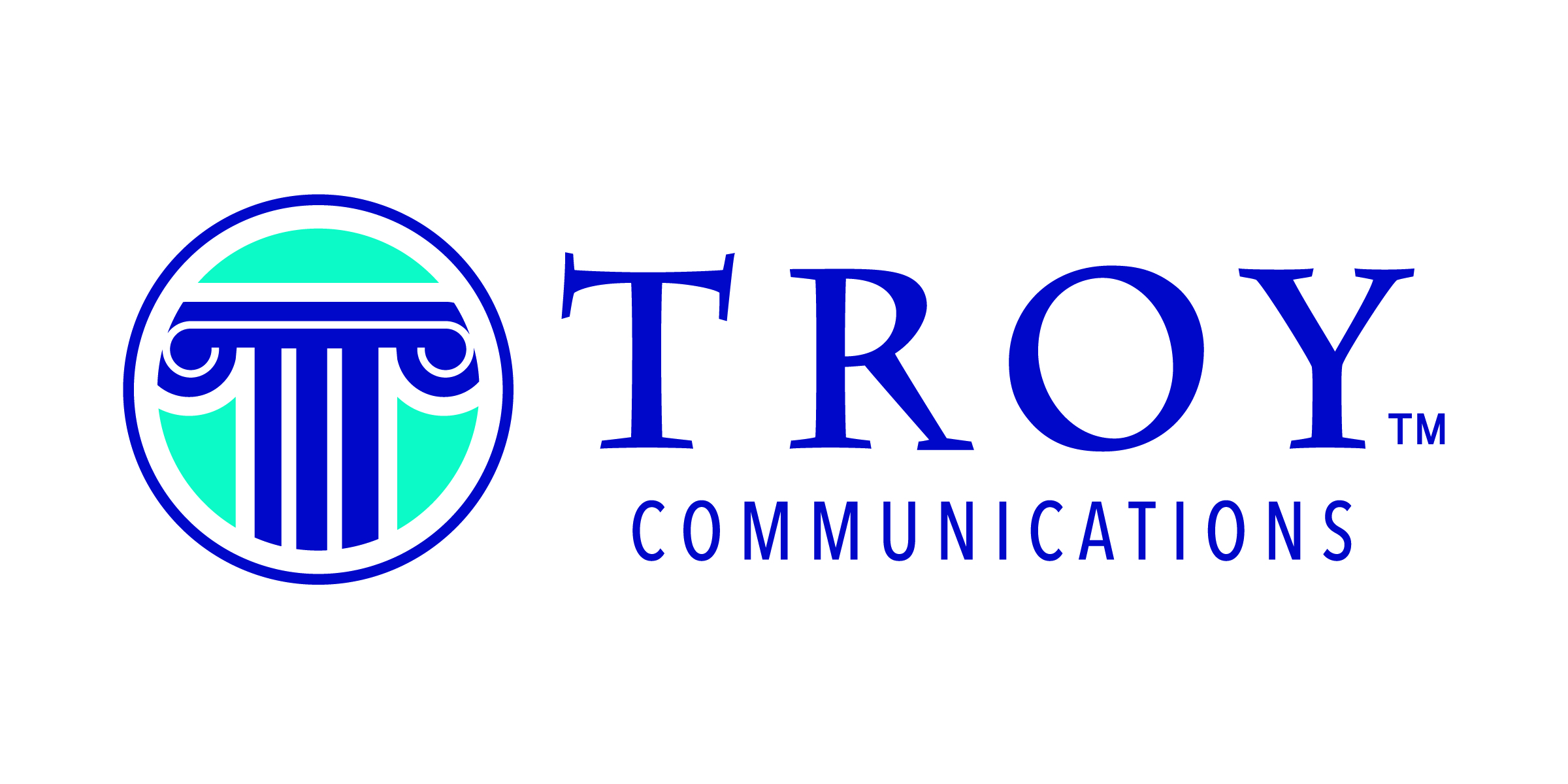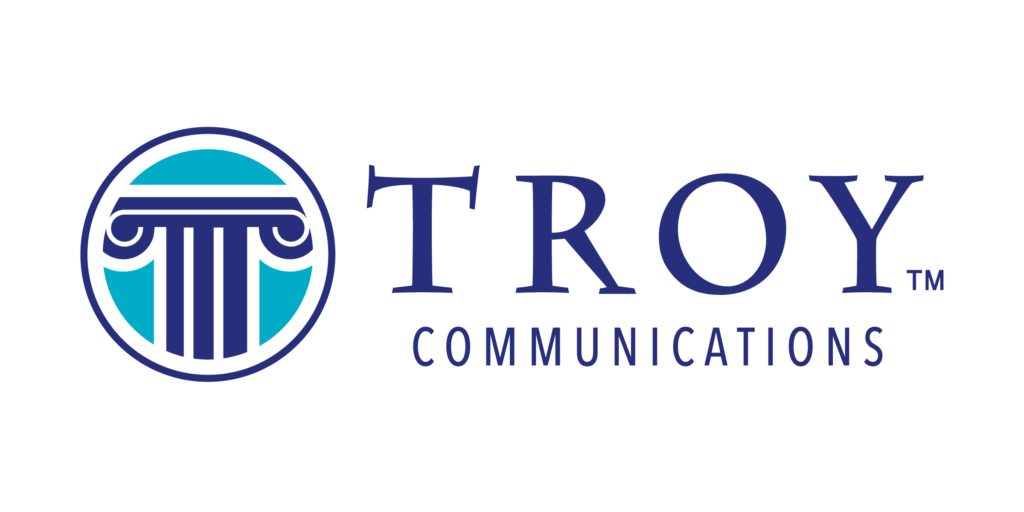By Tasha M. Troy
Several years ago while I was living in South Korea, I met my parents in Hawaii for a short vacation. Since I was scheduled to arrive considerably earlier than my family coming from the mainland, my father suggested I pick up the rental car and check out Honolulu, which I thought was an excellent idea.
As I was driving around, I made a last-minute decision to get into a left-turn lane. When I checked, the lane appeared to be clear. Suddenly, I heard a “thump!” and realized that there was a motorcyclist there! Clearly I had failed to check my blind spot. Fortunately, I didn’t injure the driver, but he was quite angry and I was shaken by the experience.
We are all familiar with the concept of a blind spot while driving, but very few are familiar with mental blind spots.
In their book Real Influence: Persuade without Pushing, Gain without Giving In, Mark Goulston and John Ullmen talk about listening past your blind spot. They define your “blind spot” as the condition of being immersed in your own perspective, and when that happens, you are not able to connect with others effectively. In fact, Goulston and Ullmen propose that it is only in being influenceable that we can achieve greater influence ourselves.
Becoming Influenceable
When I talk to clients and friends about being open-minded and influenceable, I tend to get a bit of push-back. They say they don’t want to be “so opened minded their brain falls out,” and they express concern that being open to others’ ideas means they will have to compromise their values and principles.
However, I have found Goulston and Ullmen’s explanation to be an excellent way of looking at this so-important element of developing influence with another: “Being influenceable means being both open-minded and open-hearted.” (p. 108)
If we truly value people in general, we need to first look for the value they bring to any relationship without imposing our own expectations or perspectives on them. To me, this is the essence of being open-minded. Even someone I disagree with violently on most things will have something of value to add to my life. This doesn’t relieve me of responsibility; being influenceable means we have greater responsibility to evaluate new ideas as they are presented, but it doesn’t mean we dismiss the people who share those ideas.
In our super-charged political atmosphere right now, I dare you to open your mind and your heart to truly hear someone else, especially if that someone has dramatically different views than you do. You might just be surprised by what their perspective can reveal.
Take It Deeper
Sometimes it’s hard to know where to start. If you would like to go deeper on this topic, I hold free exploratory coaching sessions each week. You can register online at Troy Communications or email me to schedule an appointment at TMTroy@TroyCommunications.Net
If you enjoyed this article and would like to receive these monthly posts in your inbox, you can subscribe at Troy Communications Blog.











